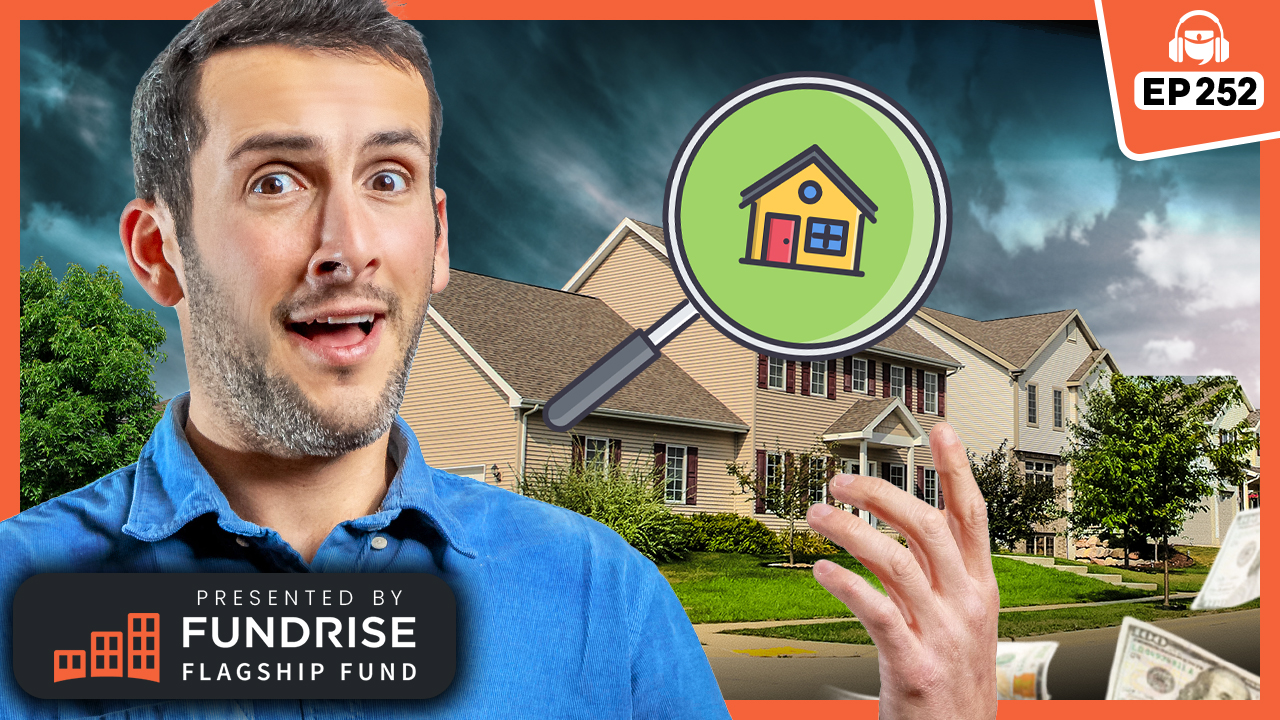Homeowners in some Queensland suburbs have spent more than $11m in one month on renovations this year, as the cost of building new or buying an established property drives them to invest in staying put.
Figures from the Housing Industry Association (HIA) reveal Queenslanders spent about $2.8bn on renovations and extensions in the past financial year — $1bn more than four years ago, before construction costs surged and there was more stock on the market.
This house at 49 Brisbane St, Bulimba, was recently renovated and is now on the market with Atlas Brisbane. Image supplied.
That’s despite renovation costs also skyrocketing, with data from Tradies Network revealing a typical kitchen renovation now costs around $50,000, compared to $30,000 in 2020, while the price of a bathroom makeover has doubled. And it’s taking 25 per cent longer to complete a project.
The biggest spenders in the 12 months to the end of June at a suburb level were in the Paddington – Milton pocket, where homeowners poured $46m into improving their homes.
This house at 49 Brisbane Street, Bulimba, looked like this before it was recently renovated.
In June this year alone in Bulimba, some $11.7m was spent, compared to just $10,000 in June 2020.
Homeowners in New Farm have also been spending big on renovations, followed by Bardon and Ashgrove.
On the Gold Coast, homeowners spent around $330m on renovations last financial year, with Hope Island and Palm Beach seeing spends of around $22m each, while the Sunshine Coast suburbs of Noosa Heads and Coolum Beach recorded the largest spends.
This property at 25 Sellheim St, Grange, sold for $5.1m through Ray White Wilston after a major renovation. Image supplied by Ray White.
In the state’s north, homeowners spent around $91m on renovations in 2023/24 in Cairns, with those in Cairns City and Trinity Beach spending the most, while in Townsville, North Ward and Magnetic Island residents spent about $5m.
HIA senior economist Tom Devitt said renovation numbers were likely to rise in most states as homes built during the early 2000s surpassed the 20-year timeline under which most properties received a major update. But there could be a problem.
This house at 25 Sellheim St, Grange, looked like this before it was renovated.
Engineered stone began to be used in Australian homes in the early 2000s, but was banned from use from July this year.
“So it’s absolutely possible engineered stone law changes will impact demolition work,” Mr Devitt said. “It will require very specific processes to do it safely.”
The material has been used heavily in bathrooms and kitchens as benchtops, and with those two rooms already the most expensive to renovate, there could be a further unexpected cost for future overhauls to the key spaces.
The house at 48 Palmwoods-Montville Rd, Palmwoods, before it was renovated.
Mr Devitt said Queensland renovation numbers were more elevated than in other states as a result of insurance claims following bushfires, floods and cyclones.
It comes as new data from tradie marketplace hipages reveals the platform has recorded a 10.4 per cent increase in job requests from homeowners in the past year.
Interestingly, there has also been a 24 per cent jump in IKEA kitchen installations, and a 6 per cent increase in extension and addition jobs.
The data found 67 per cent of homeowners plan to undertake a home reno or repair jobs in the next 12 months, and nearly half of those intend to spend more than $7000 doing it.
The house at 48 Palmwoods-Montville Rd, Palmwoods, after it was renovated.
Hipages vice president of marketing Nick Ellery said the figures showed an increase in optimism among homeowners.
“We’ve been seeing a few hints in our data that the market may be on the turn,” Mr Ellery said.
“Inflation is now largely in check, government incentives are kicking in… the RBA is holding rates flat for the timebeing. We’re seeing a few signals homeowners are showing some increased consumer confidence.”
The house at 33 Woolcock Street, Red Hill, before it was renovated.
But Mr Ellery said the cost of materials and tradies “gone up exponentially”, so it had also become more feasible for homeowners to improve their existing properties rather than upgrade.
“We’ve seen an increase in jobs on the platform across the board year on year – landscaping, cleaning, electrician, plumbing,” he said.
“Homeowners who might have been putting off some projects …for quite a long period of time…we are seeing now that they’re more likely to do those jobs.”
The house at 33 Woolcock Street, Red Hill, after the renovation.
Queensland builder Dennis Boca, founder of Tradies Network, said the lack of housing supply, coupled with strong demand was one of the main factors driving renovations in 2024.
“I think in 2020 people had more options to move around,” he said. It feels more restrictive now.
“If you’re selling, you’ve still got to buy in the same market, so they’re putting money into their own homes instead.
Builder Dennis Boca from Tradies Network on a job site at Alexandra Hills. Picture Lachie Millard
“We’ve pumped over $400,000 into our home to allow us to stay another decade.”
Mr Boca said there had been a significant rise in demand for “cosmetic renovations”, with the average spend around $200,000 to $300,000, compared to around $150,000 four years ago.
“In the last four weeks, we’ve had about 100 new leads come through social media to do cosmetic renos,” he said.
That usually included reconfiguring some rooms, painting and improving the facade of the home, and other minor upgrades, he said.
The most popular room to renovate is still the bathroom, according to Mr Boca, although garage conversions had become more common.
“In my experience if you’re turning a three-bedroom-one bathroom home into a four-bedroom-two bathroom home, you’re going to add close to $200,000 in value,” he said.



















 English (US) ·
English (US) ·